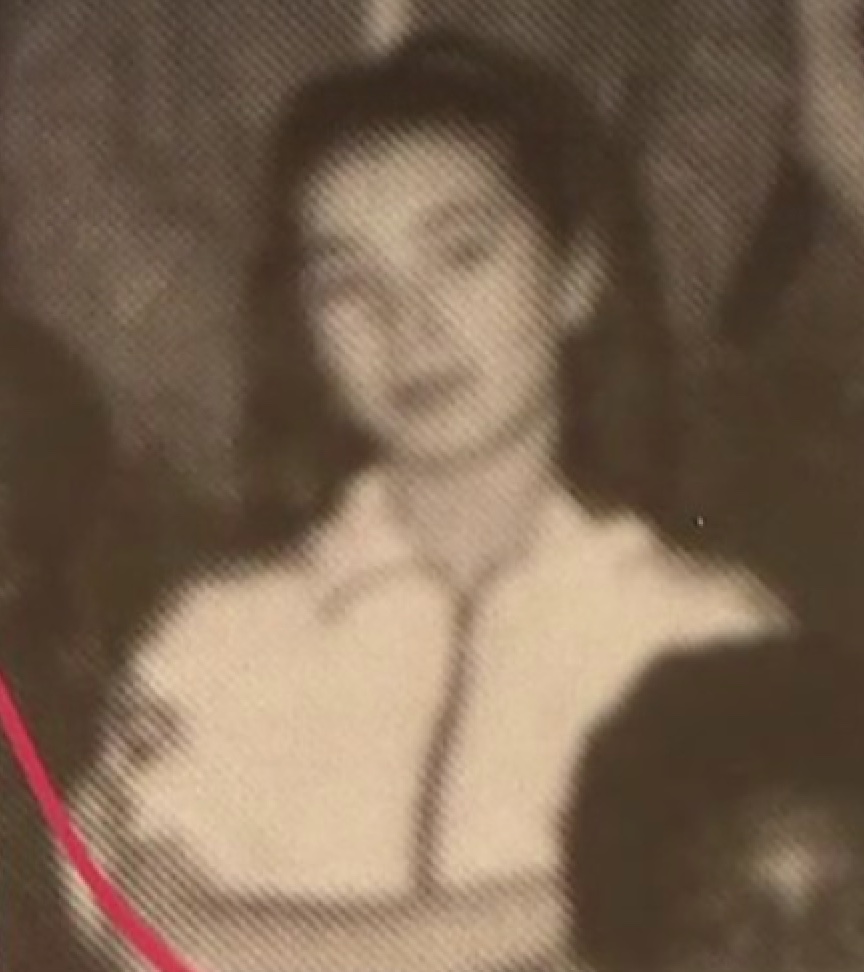Publicker Girl
Lisa Todd, a pregnant teen from Philly, vanished in 1985 and her family has waited for decades to get answers.
In early 1988, a couple walking in the woods near the abandoned Publicker Distillery and came upon a concrete vat. Looking inside, they found the skeletalized remains of a young woman. The Publicker Distillery had been out of operation for a decade by the time the young woman was found. There were few clues to go on and the circumstances of her death have remained unclear.
Over the last three decades, investigators attempted to identify “Publicker Girl”, but without success. In 1994, a forensic facial reconstruction sculpture was developed. In 2007, traditional forensic STR testing was used to build a DNA profile that was submitted to CODIS or the Combined DNA Index System . No matches were found. Additional efforts were made to generate leads, including a 2014 CT scan of the skeletal remains to create an updated 3D forensic facial reconstruction in hopes that someone would recognize the young woman. No one ever came forward.
This past week, the identity of “Publicker Girl” was shared with the public. Lisa Todd was 17-year from the Philly area, who vanished in 1985. At the time of her disappearance she was six-months pregnant and already a mother to a two-year-old son. Her family is glad she has been identified but understandably wants answers as to what happened to her. Fortunately, an investigation is underway. As with so many of these cases, restoring the identity of a victim is the first step in being able to investigate a death and seek justice, if a crime was committed.

Othram Inc. @OthramTech
Honored to help @BodeTechnology & Bensalem PD identify this young woman who has been unidentified since 1998. This was a tricky case that leveraged some advanced new tech from Bode and Othram. Don't give up on cold cases! #dnasolves #runtheDNA https://t.co/9Gyp383d3iHow was Lisa Todd finally identified, after all these years? In 2020, Bensalem PD took a new approach in their investigation. They partnered with Bode Technology to explore getting enough DNA for advanced DNA testing methods that might generate leads to the young woman's identity. Skeletal remains, especially in older cases, are hard to work with. You can’t just send them anywhere for DNA extraction and testing. BODE is an excellent forensic lab with expertise in crime scene analysis and fortunately they were able to develop a suitable DNA extract from the skeletal remains. Once an extract was developed, they sent the DNA to my company, Othram , so that we could build a comprehensive DNA profile.
In my previous story, I summarized the work Othram did to analyze skeletal remains from a 1966 drowning victim . We operate the only laboratory in the United States, purpose-built to apply the power of DNA sequencing to forensic evidence, for use in human ID applications such as Forensic Genetic Genealogy. We have produced DNA profiles from degraded and contaminated bones that have failed in the hands of others. We call this process Forensic-Grade Genome Sequencing® . Once we built the genealogical profile, it was returned to law enforcement. In this particular case, genealogical research was performed by Bensalem PD and their investigative work produced the leads necessary to confirm Lisa Todd’s identity.
This case was challenging. Many forensic cases will be. For medical and consumer testing, labs can generally assume they will work with high quantity, high quality, single source (coming from 1 person) DNA. In forensics, its hard to assume anything. Generally crime scenes have small quantities of DNA, the DNA is heavily degraded and sometimes contaminated with non-human sources. Sometimes there are mixtures of DNA from multiple persons — such as in a sex assault where there could be DNA from the perpetrator and the victim. Not surprisingly, the process for testing and analyzing forensic DNA evidence is very different than what you would need for medical or consumer applications.
This is important to keep in mind. The limitations in applying this technology to other cold cases will primarily be the availability of DNA evidence and the ability to produce accurate and complete DNA profiles. Without a good profile, there is not much you can do. Using inadequate test methods will jeopardize a case, leading to the consumption of evidence (and budgets too). Better to not touch the evidence than to fully consume it, produce nothing, and let a case truly go cold.
If you want to learn more about the case of Lisa Todd, here are some great links:
-
An exclusive interview with Linda Todd, the older sister of Lisa.
-
Local coverage that includes a clip from the press conference when the case was first announced.
-
Othram maintains a profile on this case at DNASolves.com .
